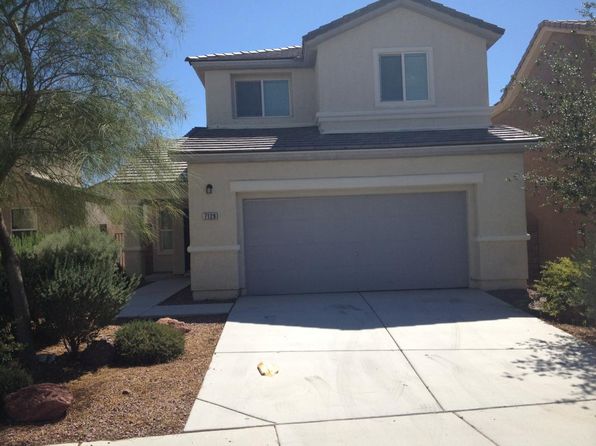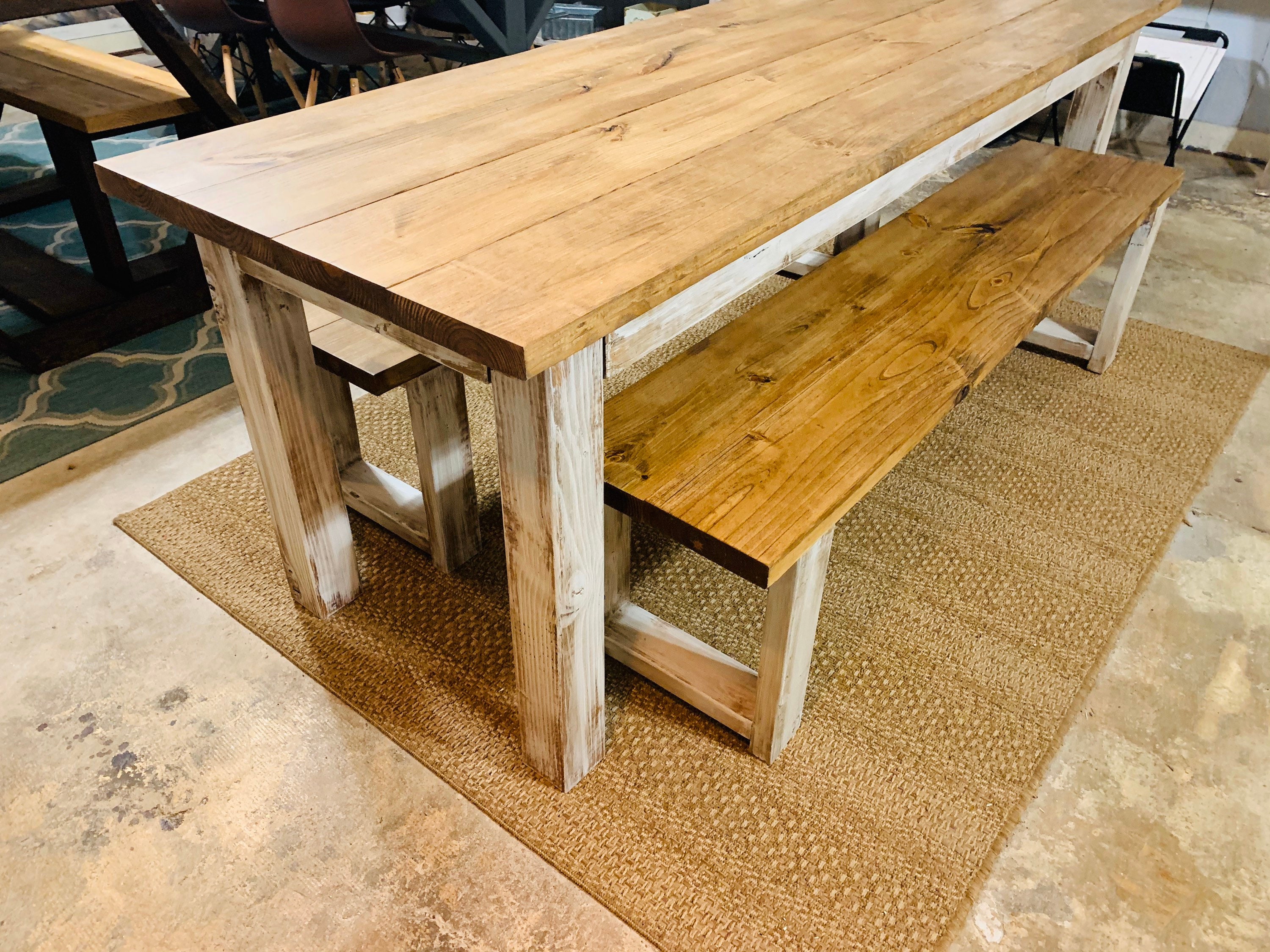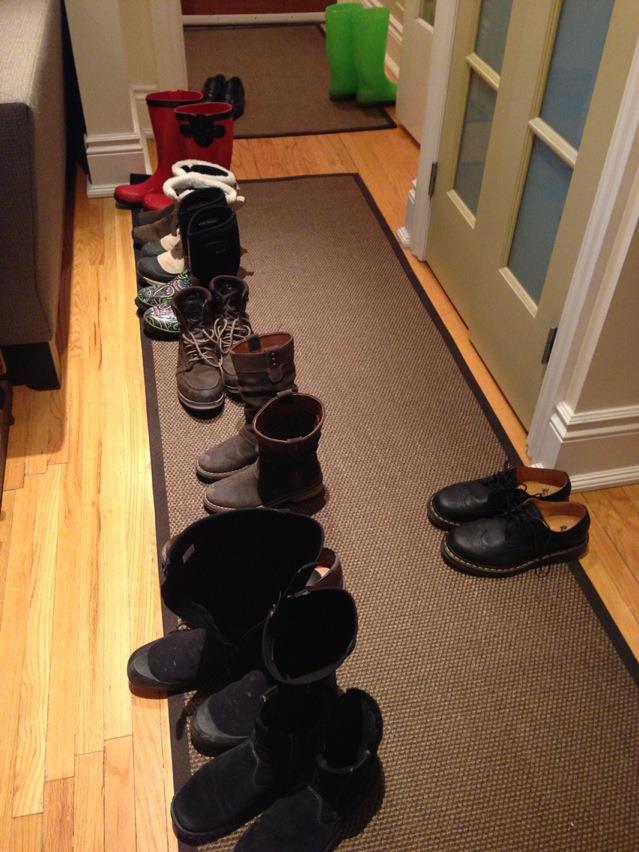Table Of Content
The height of the roof on your home can significantly affect its value and it’s important to consider these factors before making any major renovations or decisions about selling. First off, position the ladder securely against the house’s exterior wall, ensuring that it’s level and stable. Having someone hold it while you climb is always a great idea to make sure everything is sturdy. Determining the average height of a two-story house can be a little tricky since because there really is no “one-size-fits-all” answer, there are a lot of variables that come into play. If you don’t have that information, it’s easy to figure out the average height of a two story house.
Flat Roofs and Steep Roof Peaks
PHOTOS: Fire damages back of 2-story house in Dayton - WHIO
PHOTOS: Fire damages back of 2-story house in Dayton.
Posted: Tue, 12 Dec 2023 08:00:00 GMT [source]
The height of a two-story house can vary depending on several factors, including the ceiling height, roof pitch, and materials used. When you measure how tall your house is, you have to consider the maximum vertical height of the building. If you have a pitched roof with a slope, what you should consider is the height from the ground level to the highest roof point. If you have a flat roof, you should measure from the floor to the top of the roof.
Roof Style and Pitch
Generally speaking, the taller the home, the more expensive it will be to build, when you’re building something new. Bigger and taller means more materials, more engineering, more labor, more everything. This can impact the final sale price of the home, as buyers may be hesitant to pay a premium for a home that has significantly higher construction costs than other homes in the area.
What is the average height of a two storey house?
A flat roof will not add extra footage to the total height, while steep roofs may raise the building several feet. The average height of a two-story house is between 20 to 35 feet in height, depending on the pitch of the roof and the height of the ceilings. The ceilings in the first story can also affect the overall height of a two-story house. However, this height can vary depending on the design and location of the house. For example, a house built on piles may be taller than a house built on a concrete foundation.
Since there's usually a two to four-inch variance in the flooring thickness, it's not a huge factor in determining height, but in the end, every inch matters. For instance, if you have a flat roof, it will have a low rise of a few degrees to help drain the water. Flat roofs are a popular modern design, but there's no room for adding an attic, reducing overhead storage in the property.
A common way of measuring the height of buildings is by counting the number of stories it has, which are also commonly referred to as levels. When you consider the attic space in the overall height of a two-story home, this brings the number to around 26.5 feet tall. For example, if the first story’s height is 9 feet (2.74 meters), the roof’s pitch will need to be steeper to achieve a standard height of 10 feet (3.05 meters) for the story. On the other hand, if the first story’s height is 11 feet (3.35 meters), the roof’s pitch can be flatter, and the overall height of the house will still be around 20 feet (6.10 meters). It is important to note that the ceiling height can vary depending on the design and style of the house. Some homeowners may prefer higher ceilings, which can increase the overall height of the house.
Depending on states, governments, regions and preference story height standards will vary. The exact height of a story will change based on the ceiling’s height in the home. In architecture, a "story" measures the vertical distance within a building, encompassing the height of a floor and the space up to the ceiling. While typically around 10 feet, this measurement can change based on the building's design.
A steep roof pitch, for example, will provide more headroom in the upper level of the house but may require more structural support and materials. To measure the ceiling height in a two-story house, you can use a tape measure and an extension ladder. All you need to do is make sure you have a ladder tall enough so you can reach to the highest point of the ceiling and measure the distance from the floor to the ceiling. Then all you need to is repeat the process for each room and level of the house that you need to measure. That said, in general, the average height of a two-story house is around 20 feet or ~6 meters tall. This height can vary depending on a few factors, such as the type of roof, the height of the first floor, and the thickness of the flooring.
Factors Affecting the Height of Two-Story Homes
But before you get carried away and start building your dream lair up there, If a home has an attic, the height for at least half of that area should be 7 feet or more. All things equal, a slab foundation will sit lower than a raised basement, and a house on piles in areas that are prone to flooding will sit higher than both of them. There are different types of foundations, each of which will have an impact on the overall height of the house. Flat roofs look fantastic on contemporary homes and are commonly used in modern architecture, but they have a much lower profile compared to other roof styles. It is important to consider the proper balance and proportions as well as the impact it has on the surrounding environment when deciding the height of your house. It is important to note that this method only works if the building stands in a clear and flat area, and it is narrow and tall enough to cast a distinct shadow.
The foundations determine how far from the ground you can build your home. It gives the structure the stability it needs to support the addition of a second story to the property. The height of a two-story building refers to the vertical distance between its ground level and the finished rooftop. In order to properly determine the height of a two-story house, you need to first understand the traditional height of an individual story. While there isn’t an exact fixed figure, there is a range that most homes adhere to.
The first floor can be anywhere from 9 to 12 feet, depending on the architecture and when the house was built (first floors are taller lately). The height of the first floor depends on what the architecture or the original owner contracting the design wanted to achieve with the construction. The floor construction also plays a small role in determining the height of a two-story home. Floors can measure from 12 to 16 inches in thickness, mostly depending on the size of the joists. The foundation depth also determines if you can add a basement to the design or if you only have a single and second story, with no basement in the property. The average two-story home has a height of 20 to 35 feet from the ground level to the top of the roof.
The height of a two-story house is influenced by several factors, including the height of the ceiling, the thickness of the floors, and the roof pitch. The average height of a two-story house varies, but is typically around feet. However, this can be affected by local building codes and regulations, which may require minimum or maximum heights.

Properly insulated walls and attics can reduce heat transfer between floors and minimize temperature differences. However, the height of the home can make it more challenging to maintain a consistent temperature throughout the entire house. As a result, taller two-story homes may require more insulation or specialized ventilation systems to maintain a comfortable temperature. The height of a two-story house can also impact its resale value through the cost of construction.
In this blog post, we’ll explore the variety of different factors that can influence the height of a two-story house. From an economic perspective, it is of course more affordable to build high risers than acquiring a large acreage of terrain to include the same space in highly expensive urban areas. It allows a city to grow its infrastructure without having to expand horizontally and take up space in the surrounding greenspaces or less urbanized areas.











